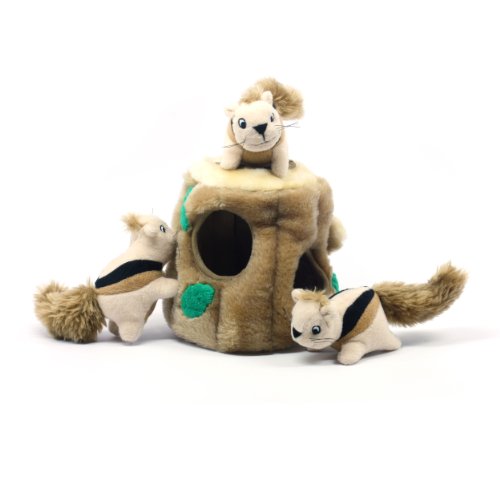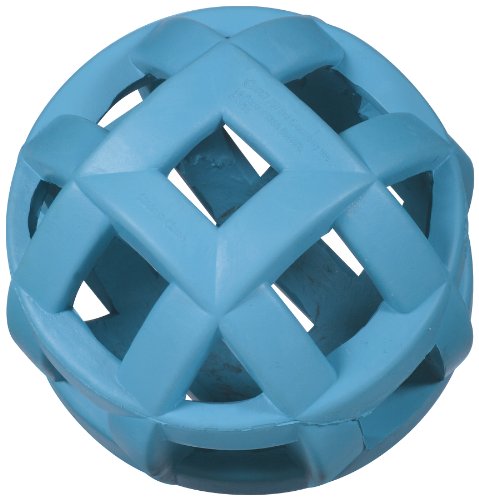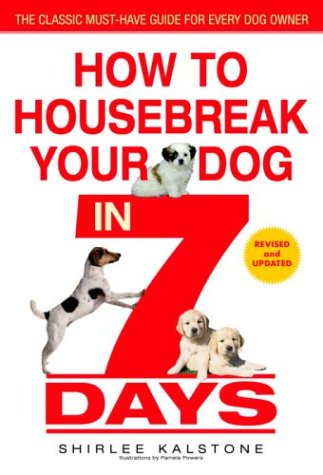Fourteen year old Paden Griffiths of eastern KS, has his own dog, Ice, a beautiful chocolate Labrador retriever. But Paden's original dreams of enjoying his dog had been thwarted. Ice, it turned out, was a chicken killer, to an extreme. Paden's parents had 87 chickens. With Ice's unwanted help, they were now down to a single rooster and a hen. Ice's uncontrollable nature has sentenced her to live nearly her entire life tethered to a chain. Any attempt to let her loose for play time resulted in nothing but wild, frenetic running until she tired enough to take herself back to her dog house.
Across the State, outside of Wichita, KS, Bryan Pulliam enjoys his several dogs, all of which routinely run at liberty among his free-range chickens. Two of Bryan's dogs were originally chicken killers. In fact, the very reason his terrier/healer mix, Madison, had been given to him was because the owner didn't know how to get the dog's chicken killing nature under control. Bryan accepted this maniacal killer, and after just 45 minutes of working with the dog, turned her loose to run free with his chickens. Maddie not only no longer bothered the birds, but quickly exhibited protective pack-mate behaviors.
Bryan knows how to ask dogs not to hurt birds. For him it is a simple process. About seven years ago, while browsing a web forum, he was distressed at observing the types of suggestions being offered to someone asking for help with dogs killing chickens. He responded, offering assistance as well as he could in limited written form. Bryan doesn't spend much time on forums, and quickly moved on, leaving these posts behind. But imbedded in his signature line was one of his web site addresses that would later permit others to find him.
And find him, they did. Over the past several years Bryan has received a number of calls, which generally begin, "Are you the guy who...?" Yes, he was the guy. The callers commonly expressed they could find very few helpful insights on the Internet other than his posts, and could he please help them with their problem, or they would have to lose their precious pet. Unable to turn away such a request, Bryan would again begin teaching by extended phone conversations and email follow-ups.
In February of this year two such requests came within one week, and Bryan and his staff concluded it was time to document the process with a video project, to make it widely available whenever needed. But volunteered dogs were required, dogs with current chicken killing issues. An ad was placed on Craigslist. Within minutes replies offering subject dogs were flying in, evidencing the depth of need for such a project. Among the replies came this from Paden's mother.
"Hello, I am writing in response to the video. We have a three year old lab that is a wonderful dog.....except she loves killing chickens. In a matter of no time our ninety chickens were gone. Now I took in consideration she is a bird dog and that's their nature. That's the only thing that saved her life. When you see all those dead chickens tho in one killing makes you very mad. So because she is my son's dog and no other problems but this I would love to be chosen for the video. Please let me know so I can reassure my son his dog doesn't have to go after all. Thank you so much."
Soon after, Bryan met Ice.
The issues this Lab had with chickens exceeded anything Bryan had ever seen. Undeterred, he set about working through his normal process, in full confidence that his techniques would work with this dog, as well as with any other. In the end, Bryan was proved to be correct. Ice went home a much calmer, peaceful dog, and now enjoys a family life with freedom from chains, and poses no apparent risks to the new flock of young chickens and turkeys at home. Paden is able to enjoy and love a dog that heels, obeys, returns his affection, and coexists peacefully with chickens. Along with a picture of Ice laying down with the chicks, Paden's mother sent this email:
"Ice is doing great! We take her into the chicks every time we go in there. .... Paden loves her ways of life now. He says she is so much more calm. Because she is calmer we have spent most of our time with her and she goes nearly everywhere with us. Paden says you are remarkable in the things you have done for Ice. Plan to write on the blog but have been very busy with loving our new dog. Lol"
And a few days later:
"Thought I would stop in and give you a short little update on Ice. She is doing good. Paden still can't believe what a changed dog she is. He has now gotten to where he will let her in his room, and even last night let her stay in all night. Now this is an accomplishment because he doesn't let any one in his room. He is very picky and everything has to be in perfect order. lol. He now gets on the floor and plays with her and I even heard him tell her last night 'Ice I love you soo much.' So they both are coming along ways together."
But this fairy-tale ending is not the whole story. You see, during the process, Ice, in her frenzied response to chickens, actually rolled Bryan a couple of times. This was one strong, determined dog. Yet through her explosive craze, Ice taught Bryan some things. By working with this dog, Bryan gained new perspectives about the psychology of dogs versus chickens, which led him to a wonderful discovery.
Bryan had long believed that to be successful in training dogs not to kill chickens, probably a certain amount of dog training savvy and skill was required. Ice has changed that. Ice--herself such an extreme dog that clearly required professional handling--actually led to a change in Bryan's process that removed the need for that special dog sense and timing skills. When Bryan recognized that Ice was not attacking chickens because she was aggressive, but instead because in particular settings she became frightened of them, this caused Bryan to reverse two steps of his four-step process to remove her fear responses. And by doing so, his techniques inherently became overall easier to successfully apply, eliminated the potential for the kinds of explosive reactions that Ice had exhibited, and reduced the handling skills needed. Knowing this rearrangement would be universally applicable to all dogs, Bryan realized that now just about anybody would be able to correct just about any chicken-killing dog.
So there are actually two fairy tale endings to this story. Paden will now live his formative years with a dog he adores and loves, and which loves him back, instead of both suffering a decade of pain and frustration. And, perhaps even more wonderfully, now, thanks to Ice, thousands of people will be more likely to enjoy their own happy outcome.

 How to Exercise Your Dog: The Benefits and Tips For Exercise
Dogs Living In The Modern WorldFor centuries,
How to Exercise Your Dog: The Benefits and Tips For Exercise
Dogs Living In The Modern WorldFor centuries,
 Through A Dogs Ear: Sound Therapy For You And Your Dog
Todays Hectic LifestyleIn th
Through A Dogs Ear: Sound Therapy For You And Your Dog
Todays Hectic LifestyleIn th
 My Dog Chews Everything
Why Dogs ChewSome dogs are n
My Dog Chews Everything
Why Dogs ChewSome dogs are n
 Is Rosemary Harmful to Dogs?
Credit: Tony Booth and StockFreeImages.com. N
Is Rosemary Harmful to Dogs?
Credit: Tony Booth and StockFreeImages.com. N
 Tips On How To House Train A Puppy
Credit: Humane Society Of Greater Rochester v
Tips On How To House Train A Puppy
Credit: Humane Society Of Greater Rochester v